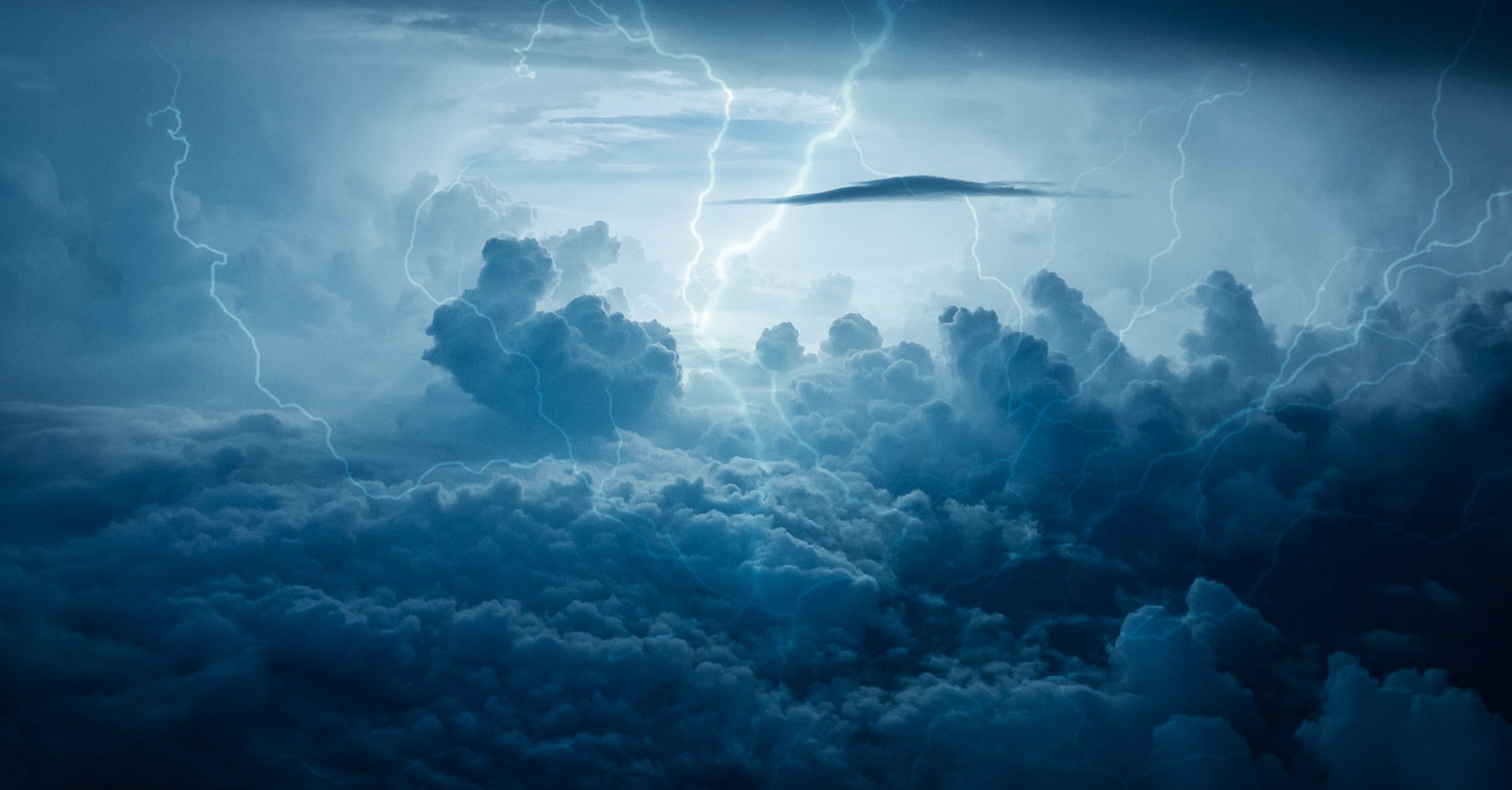The Sundering
Most of the details have been lost to history, but as we are now aware that there was a schism between two ideological forces that led to the creation of a second human settlement.
Background
Around 300 P/DE, about 700 years ago now, two factions emerged within Tholaren Dome. Some looked at the Origins of Humanity and held to the usual line that humans had lost their chance to be the dominant species of the planet, that their actions had caused a massive disaster, and as such they needed to self-isolate to avoid causing further harm. Others looked at the constraints placed upon growth, on the lack of opportunities to expand the dome and have more space for more people, and resented it. They investigated the technology available to them and discovered several possibilities that would potentially allow the terraforming of the planet, so they could live outside without fear. They also considered that this would dissipate the massive storms that pummeled everything on Thaiterra. And they considered the fact that the Garruw and the Weinadi, as well as several other non-sentient species, would probably die as a result of this change. They deemed it suitable, since apparently they had previously adapted, and could presumably adapt again.Civil War
The two viewpoints were entirely incompatible, and the two groups began to poke at each other, attempting political maneuvering and to force all of them to follow a particular idea. It became clear very quickly that only one way of life could emerge victorious. Around a third of the population, 4500 people including families and children who would have needed to support their parents, supported expansion. Not enough to create a majority, but enough that they could give some serious pushback. Finally, the conflict of back rooms and political arguments became a battle. The Externalists, the ones who wanted humanity to expand and grow, made their move. They attempted to seize control of the dome's critical functions, forcing their opponents to submit or risk the structural integrity of the dome they so desperately wanted to preserve as it was.Splintered
The end result was that the traditionalists emerged victorious. It was a close victory, and the only reason that more people didn't die was because the outcome became obvious in short succession. The victors decided on exile for the losers.The Conflict
Outcome
The defeated externalists were given a limited amount of time to craft a vessel to transport themselves away. They constructed the Reliance of the Wildspan and disappeared into the wilderness with their families. No further communication existed past that point. Eventually, unknown to Tholaren, they founded Serunen
The Insignia Council was forced to restructure to fill the roles abandoned by the nine departed members. Some of these roles were abandoned entirely, some were absorbed into the other insignia. Three Actia were converted into new insignia: the Chiromer, Tamelor, and Brachener.
Historical Significance
Legacy
For Tholaren, the event has been entirely lost to history. They have no remaining knowledge of the ideological shift outside of a lingering distrust of anyone espousing similar beliefs. Such people are usually quashed in short order. In addition, they have no knowledge of the missing nine insignia, which has led to a loss of ability in those areas. They don't even know that there's potentially another dome out there, as the people of the time assumed that
For Serunnen, they remain fully aware of the other dome, but only in a vague way, having similar data sensibilities in terms of saving historical records. There is a general sense of animosity, but the precise reason why is gone.
Why It Never Happened Again
The sundering only happened once because the personality types for those insignia remaining were the ones more likely to be insular. So they haven't had anyone sympathetic in leadership so never had the chance to grow.
Conflict Type
Battle
Battlefield Type
Urban
Start Date
300
Conflict Result
Tholaren won, ousting approximately 1/3 of the population
Location




Comments